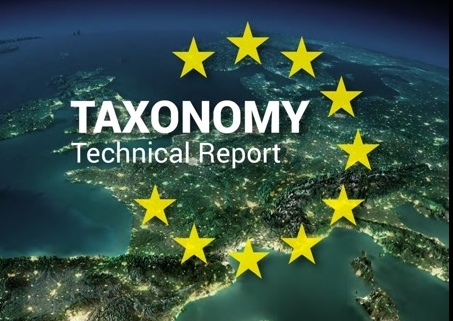The European Taxonomy
The concept of “Taxonomy” was first introduced by the TEG (Technical Expert Group on sustainable finance). The TEG is an institutional body specifically created to define the criteria for identifying and classifying all types of human activities that could mitigate or adapt to the climate changes without modifying the existing European goals for the environment. This system addresses both public and private sectors; on one hand the EU and its Members, on the other hand all subjects operating within the financial field. The taxonomy cover a wide range of industrial segments, over different business sectors, which currently represent the 93,2 % of the greenhouse gas emissions within the UE. The main criteria defined so far are:
- Use and protection of hydrological and marine resources;
- Transition toward a model of circular economy;
- Sustainable collection and management of wastes and recyclables;
- Control and prevention of pollution and pollutants;
- Protection of the ecosystems.
The definition of Taxonomy was developed throughout the years but was made official in June 2019 with the publication of the “Taxonomy Technical Report”. According to the document, the classification identifies two main groups of activities:
Activities intended to mitigate the consequences of the climate change: agriculture; forestry; factories and production plants; generation and supply of electricals energy, gas, vapor and air conditioning; management of water, waste and land; information and communication technologies; construction and real estate.
Activities intended to adapt to the climate change: agriculture; forestry; fishing; factories and production plants; generation and supply of electricals energy, gas, vapor and air conditioning; management of water, waste and land; information and communication technologies; financial activities; insurance companies; construction and real estate.





